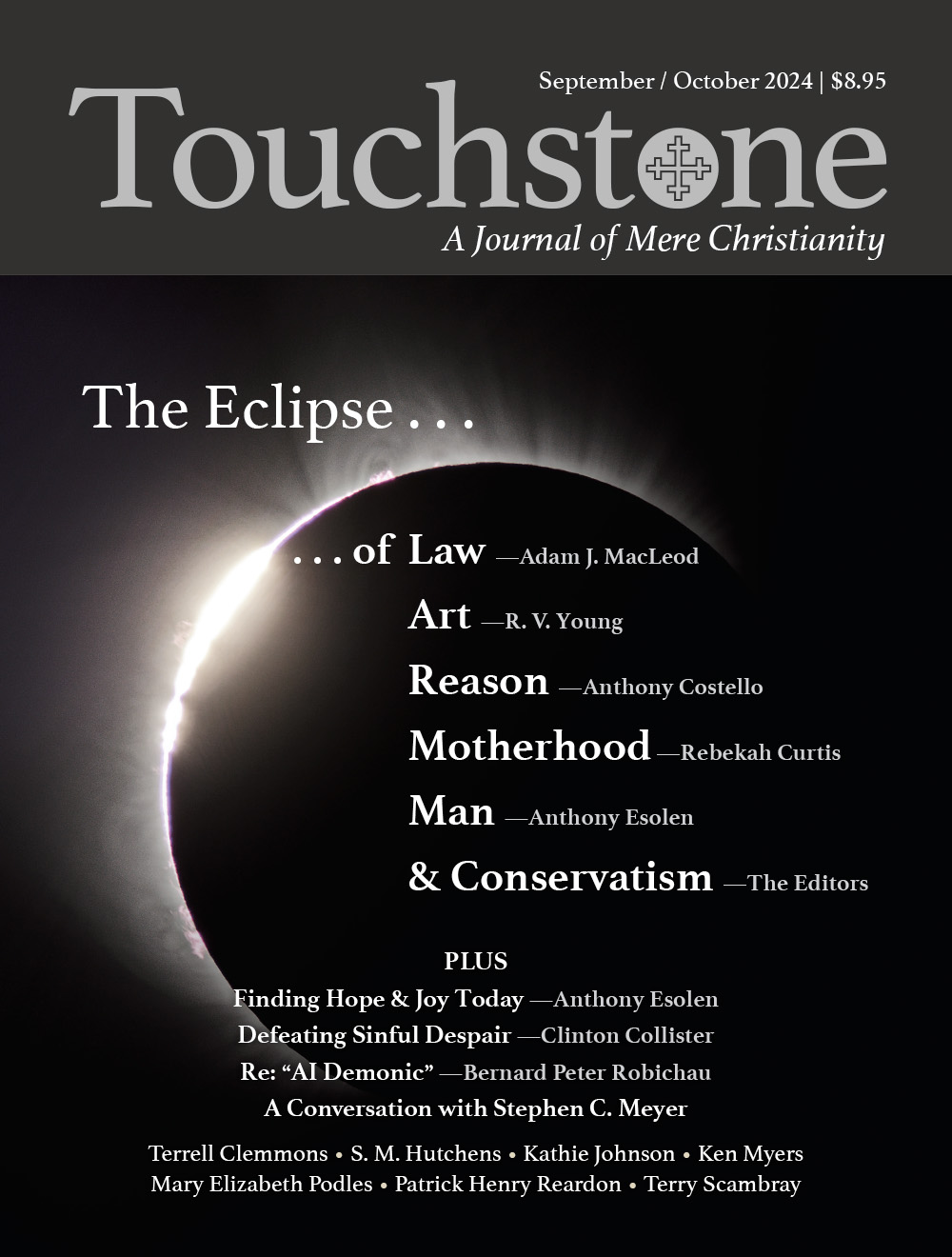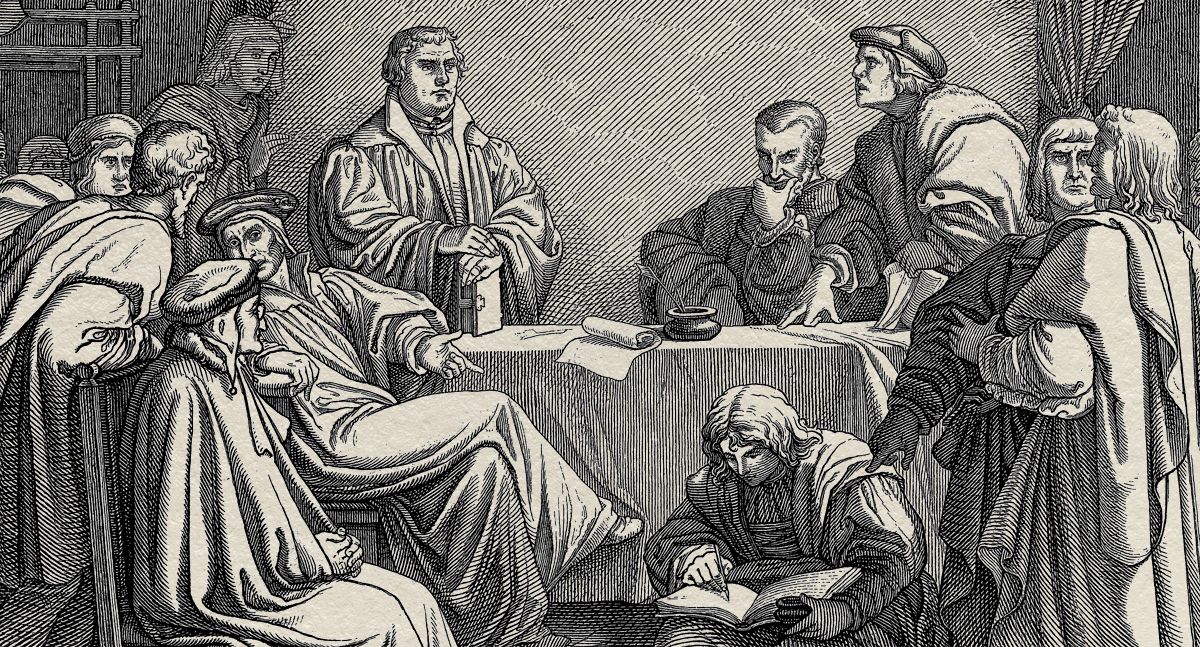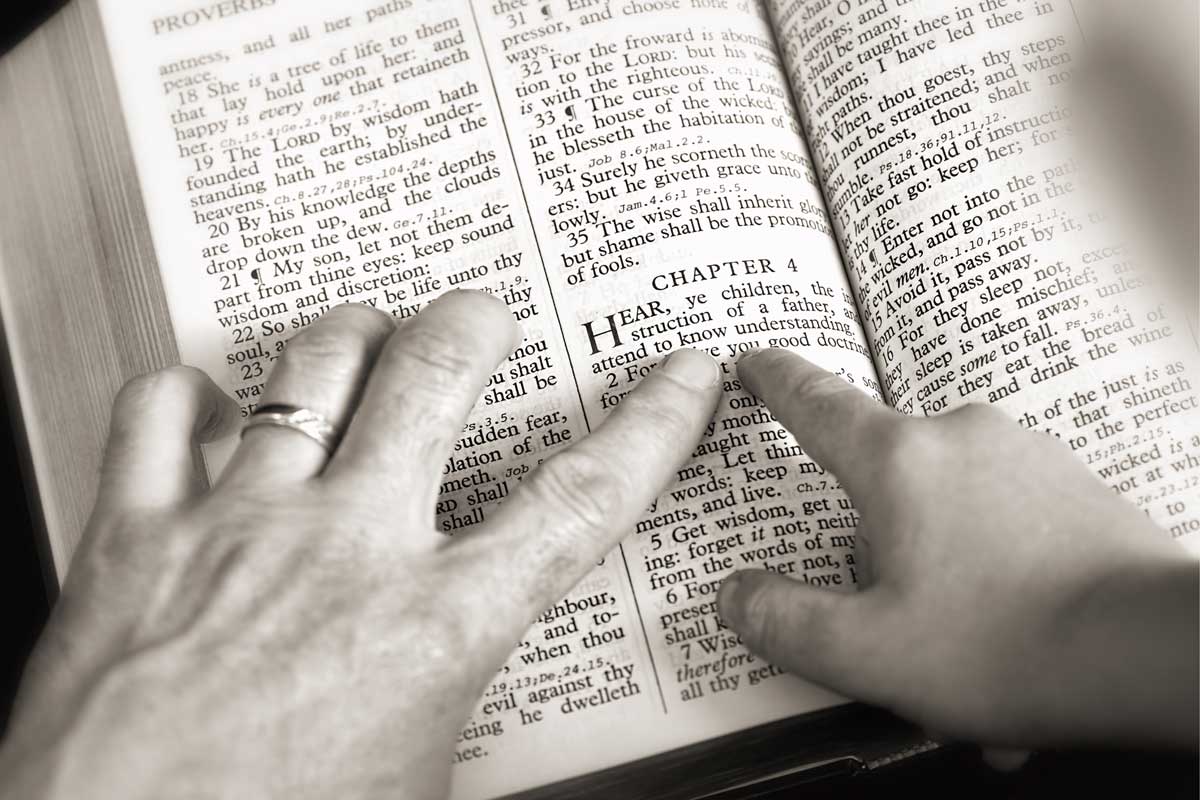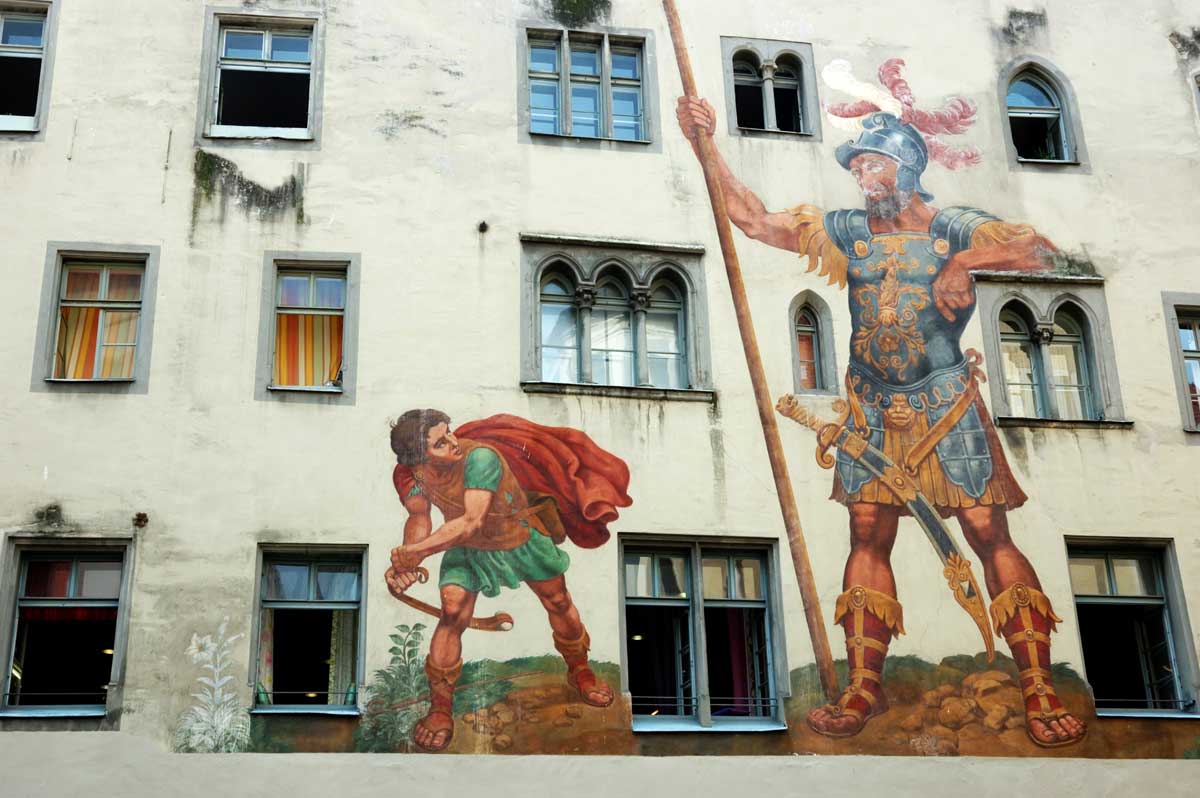Literacy Through Animal Stories
I have done a fair amount of literacy work over the years, with both adults and children. Most of the work I’ve done has been with people who are beyond the basics and need help in developing vocabulary and comprehension. The last couple of years have introduced me to a more basic level of literacy work. I have a friend who teaches first grade at an under-funded school in a nearby community. She realized early on that she had to “start from scratch,” teaching letters and sounds and working on phonics. She was able to convince her principal to provide phonics-based materials and began to see progress.
I have been volunteering as a reading tutor. Just giving kids the opportunity to read aloud one-on-one to an adult is a big help to my teacher friend, so I always start a session by having a child read to me a story with words easily decoded. But I wanted to do more. I wanted to get the kids excited about reading—to see that it was fun to read and that their world could expand through reading. My friend’s class is made up mostly of Hispanic children, and I didn’t want to use a lot of “white” books, so I began asking the kids what their favorite animals were. They had lots of different “likes.” Drawing from my large collection, I began looking for books about those animals that would be fairly simple to read but interesting enough to motivate the kids.
This last year, I feel I’ve learned a lot about what sorts of books are helpful to kids who are learning to read. I love beautiful illustrations, so it is important to me to choose books with lovely pictures. I notice how kids seem to respond to beauty and to enjoy looking for details in the illustrations. Humor or silliness is always appreciated. A good story is important as well, of course.
I only work with kids for fifteen minutes at a time, so we often don’t finish a book at one session. I mark where we leave off and am always delighted to see that the next time, they know exactly where we were and can recount the story up till then. So here are a few of the books that have worked well and the reasons why. You may do literacy work in your own community or perhaps have a young person you are teaching to read. I hope some of these ideas will be helpful to you.
From Big Cats to Albatrosses
Lions were popular. For an easy read for beginners, I used a very simple telling of the old tale, The Lion and the Mouse, by Gail Herman. The illustrations are wonderful and the print large. The kids loved the idea that a little creature could help a big one. For something a bit harder, I found Look Out, Lion Cub! by Michele Coxon. It, too, has great illustrations and a nice “gimmick,” with flaps that reveal other animals the cub is trying to imitate (and getting into trouble thereby). This book brought laughter. Another “big cat” book is Tiger Trail, by Kay Winters. A mother tiger cares for her cubs in this lovely book. It contained many harder words, but the kids could read some of them, and their watching the other words as I read them aloud helped them grow.
A nice elephant book is Soon by Timothy Knapman. There are wonderful things to find in the pictures in this book about a mother elephant and her child going on a journey. The repeated phrases are helpful to an early reader. In addition, the book has lovely lessons on patience and appreciation. Another book with helpful repeated phrases is for the child who wants to read about giraffes. “Pardon?” Said the Giraffe, by Colin West, has fun, rather comic-style illustrations and a humorous situation. For the cat lover, a fun book with repeated lines is Eric Carle’s Have You Seen My Cat? A boy asks various characters whether they’ve seen his cat and gets some amazing answers.
For the child who likes turtles, one option is Frank Asch’s Turtle Tale. Children tend to be drawn to Asch’s simple, colorful art. In the story, a turtle learns some lessons about whether it is better to hide inside his shell or have his head and legs out. Kids like the silly things that happen in the book.
One little boy wanted a book on insects. I often bring two or three, so the children can choose. This boy chose Billions of Bugs, by Haris Petie, and was delighted by the rich, detailed illustrations and loved counting the bugs on each page (we stopped counting after 100). Another child wanted something on spiders. Spider’s Lunch, by Joanna Cole, worked well, and the child asked lots of questions as we read.
For the child interested in birds, we did an early I Can Read book by Syd Hoff called Albert the Albatross. The humor was appreciated, as well as the comics style of the drawings. An albatross who is a favorite of the sailors on a navy ship is blown off course and ends up in the city. City birds are of little help, but a woman who wants a new hat does help (inadvertently).
Boys’ Favorites
One little boy was very quiet. It was hard to get him to talk at all, and when he did, it was in a very soft voice. He asked for a book on sharks. When I brought Hungry, Hungry Sharks! by Joanna Cole, he was thrilled. Suddenly he couldn’t stop talking. He loved that there were pictures of numerous different kinds of sharks, many of which he already knew.
Dinosaurs were popular with several of the boys (this is a boy-heavy class). I used Dinosaur Babies, by Lucille Recht Penner, which is a good basic introduction. Dinosaurs, by Grace Maccarone, has amazing illustrations and a nice list of dino types at the end. Dinosaur Garden, by Liza Donnelly, has some surprises and especially delighted one young reader.
Kathie Johnson has always had a love for children's books. She collected many as a teacher and began sharing them with other teachers. In 1986, she opened a children's library in her home, and it has continued to expand over the years. Many home-schooled and schooled children borrow books from it, and she takes great pleasure in finding the "right" book for a child. She attends First Presbyterian Church in Berkeley.
subscription options
Order
Print/Online Subscription

Get six issues (one year) of Touchstone PLUS full online access including pdf downloads for only $39.95. That's only $3.34 per month!
Order
Online Only
Subscription

Get a one-year full-access subscription to the Touchstone online archives for only $19.95. That's only $1.66 per month!
bulk subscriptions
Order Touchstone subscriptions in bulk and save $10 per sub! Each subscription includes 6 issues of Touchstone plus full online access to touchstonemag.com—including archives, videos, and pdf downloads of recent issues for only $29.95 each! Great for churches or study groups.
Transactions will be processed on a secure server.
more on education from the online archives
more from the online archives
calling all readers
Please Donate
"There are magazines worth reading but few worth saving . . . Touchstone is just such a magazine."
—Alice von Hildebrand
"Here we do not concede one square millimeter of territory to falsehood, folly, contemporary sentimentality, or fashion. We speak the truth, and let God be our judge. . . . Touchstone is the one committedly Christian conservative journal."
—Anthony Esolen, Touchstone senior editor












